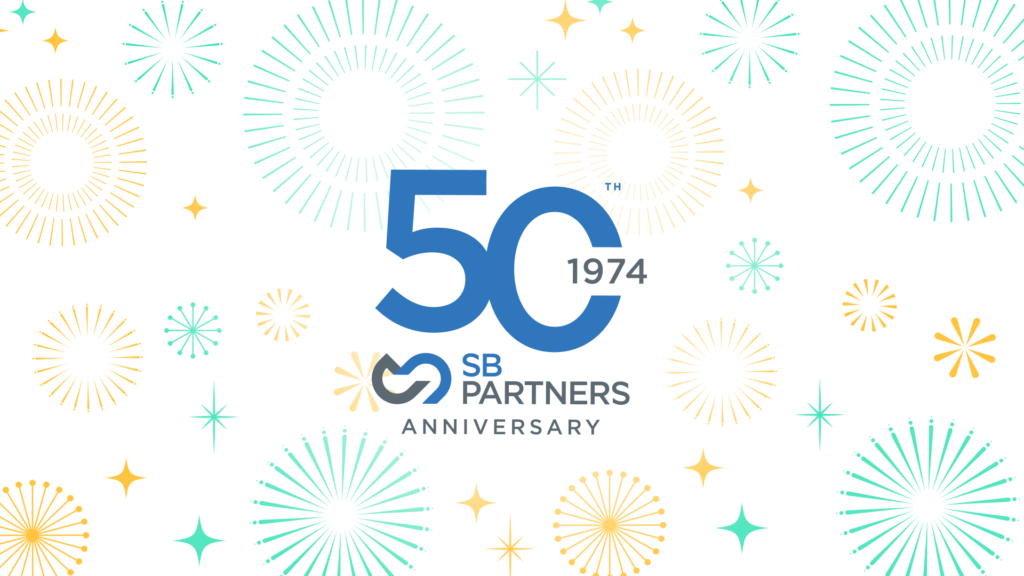Since the spread of COVID-19 SB Partners’ focus has been the safety of its team, clients and community. The firm is committed to keeping ahead on the latest Corona Virus developments and will provide access to resources to help business leaders navigate during these unprecedented times.
At this point, risk management is vital for a business to assess its overall health and stability. Depending on the sector in which your business operates, the underlying financial health of your business leading into this storm will present varying challenges. Local businesses in hospitality, tourism, entertainment and retail can expect to be significantly impacted in the initial days and weeks.
In times like this, the importance of cash flow is the difference between life and death. The immediate development and implementation of a cash management plan will be crucial for a business’ immediate risk and continuity plan.
Below are 7 actionable steps to consider for your business during COVID-19.
Step 1: Ensure you have a viable and stable supply chain that is adaptive
Depending on your business this will have varying degrees of complexity. For instance, as a service business we immediately assessed our ability to operate remotely if we could not operate within our physical space.
Business leaders may consider the following action items:
- Assess and adapt to any potential impact on your pipeline of work and resources to keep your staff utilized;
- Evaluate your customer base for any potential trouble in their ability to pay for your goods and services;
- Ensure you are aware of and adapt to any financial risks of your key trading partners, customers, and suppliers is a critical consideration.
Step 2: Shift focus from the income statement to the balance sheet and review your cash-to-cash conversion cycle
Working capital elements include cash, accounts receivable, inventory, accounts payable and any short to long-term debt obligations. Start to build cash flow analysis to track the movement of your working capital components with the ability to run various scenarios. With cash flows in mind, assess your capital budget expenditures and defer what does not provide immediate benefit to your ability to operate in this new environment.
Step 3: Ensure that your financing remains viable in this turbulent market
The major banks have launched relief programs that include interest only on-term debt for six months and temporary increases in lines of credit. These are short-term deferral strategies to simply provide some runway for you to adapt. Most banks have indicated that they will require your most current CPA prepared financial statements and current internal financial statements and information. SB Partners can help you with that.
The Business Development Bank of Canada has launched a COVID-19 working Capital Support Initiative that provides the following:
Terms & Conditions
- Working Capital loans up to $2MM; with 12 months interest only payments
- 36 month term to a 60% balloon;
- Pricing: Floating Only (Base – 1.75%) approximately 3.30%
Documentation Required
- Most recent three years of accountant prepared year-end financial statements;
- Most recent interim financial statements (if year-ends are more than 3 months old) with comparisons to the previous year’s interim period (if available);
- Projections and a cash flow forecast (a 6 month cash flow forecast may be most applicable);
- The purpose is to understand the company’s true cash needs for the next six months.
- An organizational chart to the beneficial ownership level (i.e. shareholder level).
Step 4: Depending on your business and revenue stream, start to focus on your inventory or capacity
Companies that use simplistic inventory management systems may be able to quickly determine ways to move inventory and assess what elements are required to keep pace with any demand. You need to be able to plan for any real or potential cuts in your supply chain.
Also, start to determine alternative suppliers or substitute supply. Production planning is critical as capacity and supplies may change by the hour or day and you need to adapt to lead-time compression and rationalization.
Step 5: Managing and expediting receivables will be at the center of your cash flow management reporting
This method will require a shift from a potential lax behavior to billing practices and collections in a robust economy with cheap interest rates. A high degree of rigor is required through the revenue to billing to collection cycle. Any errors in billing or communication to customers can result in painful delays in the cash-to-cash cycle. Focus on customer-specific payment and credit performance to mitigate your risk and optimize collections.
Step 6: Review your variable non-essential expenditures
Review your variable non-essential expenditures to cut intelligently and evaluate your purchases, payables and payments cycle. One way to preserve your working capital is to extend your payment cycle but do this with integrity and keep in mind your supplier relationships when things rebound.
Remember, we are all in this together.
Step 7: Review findings from triage of supply chain and cash flow
After you have completed a triage of supply chain and cash flow you will be able to understand what facts can counter all the uncertainty. Ensure that everyone across your organization plays to their strengths and understands in a granular way what they need to focus on and what their new targets are. Only in a collective organized way can you combat organizational fear and uncertainty.
Once you complete the 7 Steps above you can gain some stability in your operations and understand what your short-term operational goals start to look like and where your business needs to innovate and transform in a potentially new business model. Look beyond your traditional legacy business and consider alternate or non-traditional revenue streams that may be in an adjacent or completely different geographical market. Where possible, look to swap fixed costs to variable costs to shift some risk in your supply chain and business model. You may find that you can share resources with other non-competitive but compatible businesses.
Cash flow needs to be at the center of your business survival plan as we all navigate through the economic crisis created by COVID-19.
SB Partners has enjoyed a 46-year legacy serving the needs of the Burlington Bay Area business community and we are adapting to the rapid change and challenges facing all of us. We are here to help you weather this storm. Contact us at (905) 632-5978 or click here to locate our Partner directory.



